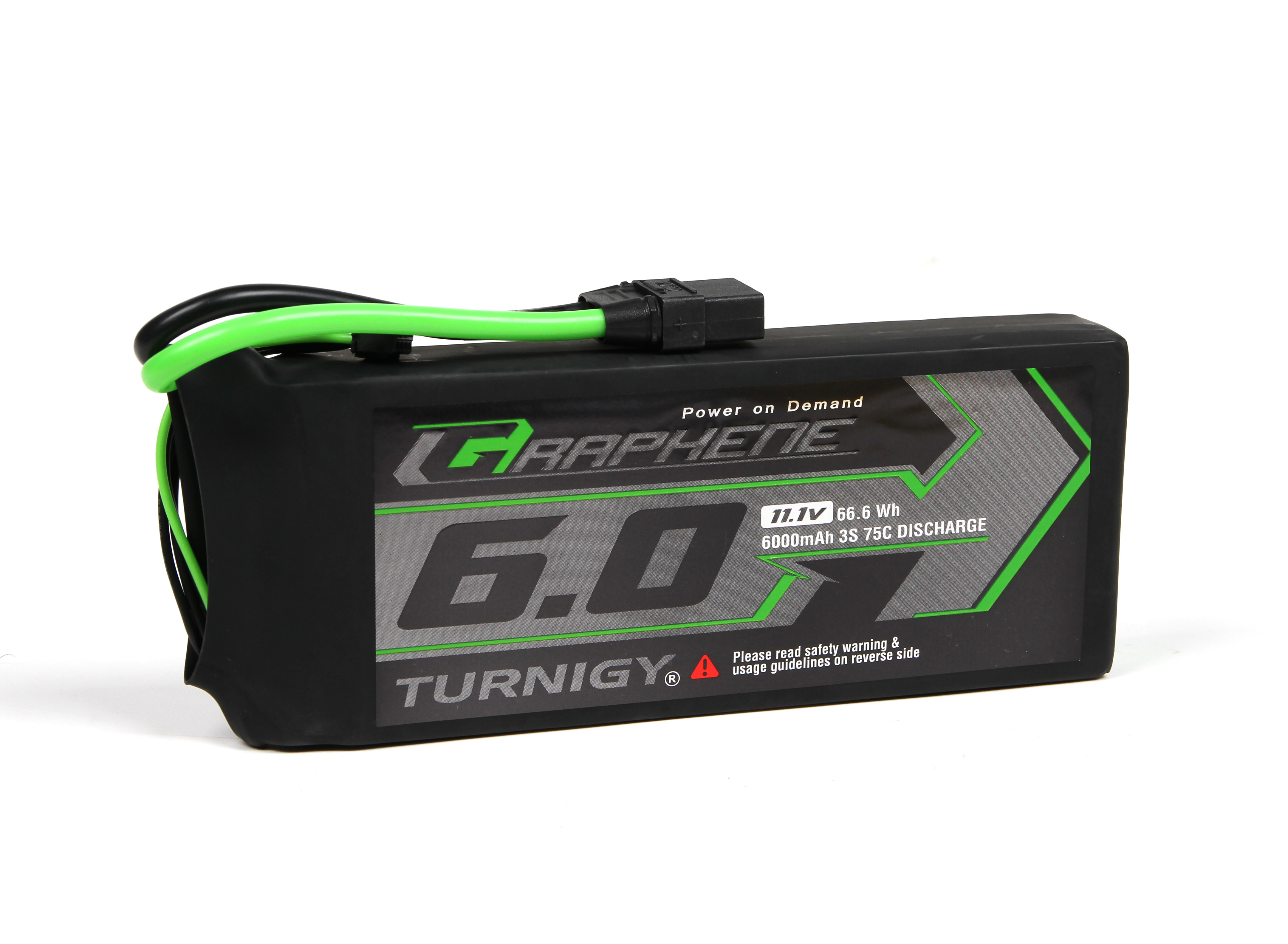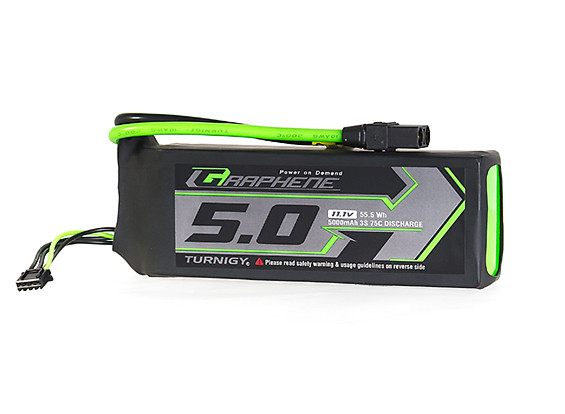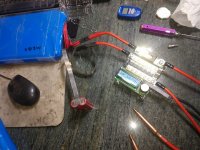Should we build SuperCap module out of this Maxwell 3400F, 3V/3.15Vmax. For 3S2P, we will get 2,266F with higher Vcap, much lower ESR, 10x the Farad, I expect > 3,xxx Amp output can be achieved. Or the more hard-core 4S2P, or even 4S1P with the > 3,xxxF, 2.85V (total 750F or so) this is what we can get much more headroom V (2.85V*4Serial). From V = I*R, increase V (from 3S to 4S caps = from 8.55Vmax to 11.4Vmax) and lower R (big wires), Imax will be increased and t will be decreased dramatically - that is exactly what we want for high Q (very high energy in very short time). PSU might need to be upgraded to ≈14.5V / > 60A, programmable CC-CV charger preferred. Just make sure your gears can withstand this magnitude of punch. The 3S/4S balancer board also needed. Should be able to weld thicker Cu directly to cell cap. May be 0.3-0.5mm ? Have to unlock current kWeld from its 2,000-A limit (factory default). It just looks promising. These Maxwell 3400F3V/3.15Vmax are expensive plus they are heavy and gigantic (1 pc ≈ 1 soda can). So shipping cost will be steep too. Alternatively, I found 3400F 2.85V Maxwell used ones for sales cheap at $10.- ea. But buying used ones is like buying lotto, could be a complete Crapacitor. :lol: :lol: The ESR is what matters here and they keep increasing with usage - not to mention if they are even genuine Maxwell originally. That's the trade-off. I don't know whether there is an easy way to test these SuperCaps reliably, especially the ESR. Any idea ?
Also the TVS diodes might need mods to cope with the new much higher oomphs ?
Frank, do these sound OK to you ? Is it possible to unlock this kWeld's 2,000-A limit ? Pls advise.






